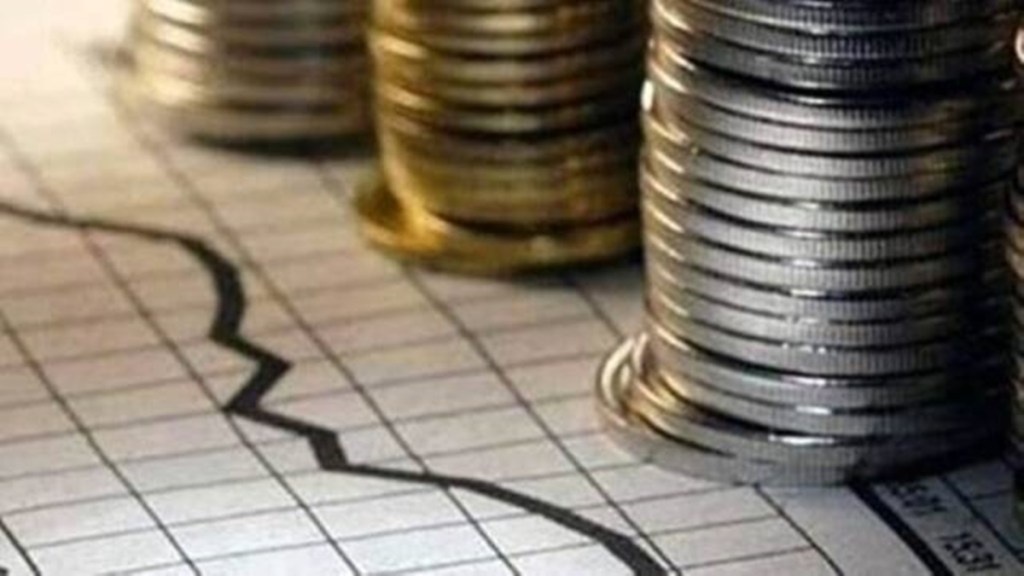There are heightened fears now that many large states may seriously undershoot the revenue projections for the current fiscal year. That’s a matter of serious concern as state governments’ debt costs are tending to go up even as their share in public capital expenditure has been reducing since FY21. Since the pandemic years cast an obligation on states to raise the levels of committed expenditure, a period of relative torpor on the capex front was to be tolerated. But it seems many of them have remained languid even after that extraordinary phase, and have chosen to avoid any let-up in assorted subsidy expenditure. Worse, freebies may be taking root again, threatening the arduously acquired culture of fiscal discipline, and sound expenditure management.
For several years prior to the pandemic, public capital spending has roughly been in the ratio of 3.5:5:5.5 among the Centre, Central PSEs and states. The pandemic has abruptly altered that ratio in favour of the Centre, as it augmented budgetary capex with unprecedented vigour, in an effort to compensate for elusive private investments. Supported by the Goods and Services Tax (GST) compensation, improved tax transfers and higher capex-specific loans, the states’ consolidated gross fiscal deficit was brought down from 4.1% of GDP in the pandemic-hit FY21, which was the highest level since FY05, to 2.8% in both FY22 and FY23. That was quick, responsible fiscal correction.
However, a renewed stress in state finances was visible in the last financial year itself. After registering a robust 33% growth in FY22, states’ capital spending, net of the loans from the Centre, saw low single-digit growth in FY23, against an ambitious target of 38%. There is either a disinclination among many states to spend more on asset-creating ventures, or an inability to do so, or both. In a deeper sense, the go-slow attitude also betrays the states’ scepticism about achieving the tax revenues projected for FY24. To meet the target of their combined tax revenues for the fiscal, the states need to raise buoyancy to an improbable 1.5, much higher than 1, projected by the Centre for itself. There is also a great degree of divergence between the nominal GDP growth of 11% budgeted by the Centre for this fiscal, and the much higher GSDP growth rates budgeted by states like Uttar Pradesh (19%) and Tamil Nadu (14%). While states’ debt eased from the onerous 31.1% reported in FY21, it is still much higher than the 20% recommended by the FRBM Review Committee in 2018.
Higher priority must be accorded to debt consolidation, and creating incremental GDP growth. The two obvious ways are to step up the “tax effort” and enhance capital spending. Policies like reintroduction of the fiscally burdensome old pension scheme, where benefits to the pensioners are “defined” or guaranteed, must at least be tweaked to keep fiscal costs in check. On its part, the Centre is fast-tracking tax transfers and release of capex loans, even as it takes care to ensure that its share of fiscal resources is intact. GST revenues appear to be buoyant of late, but these haven’t grown much in relation to GDP, due to the faulty design of the tax. A fresh round of tax and expenditure reforms at the state level is imperative for the states to play their rightful role in economic value creation, and be perfectly aligned with the fiscal prudence the Centre seems to advocate and practise.


